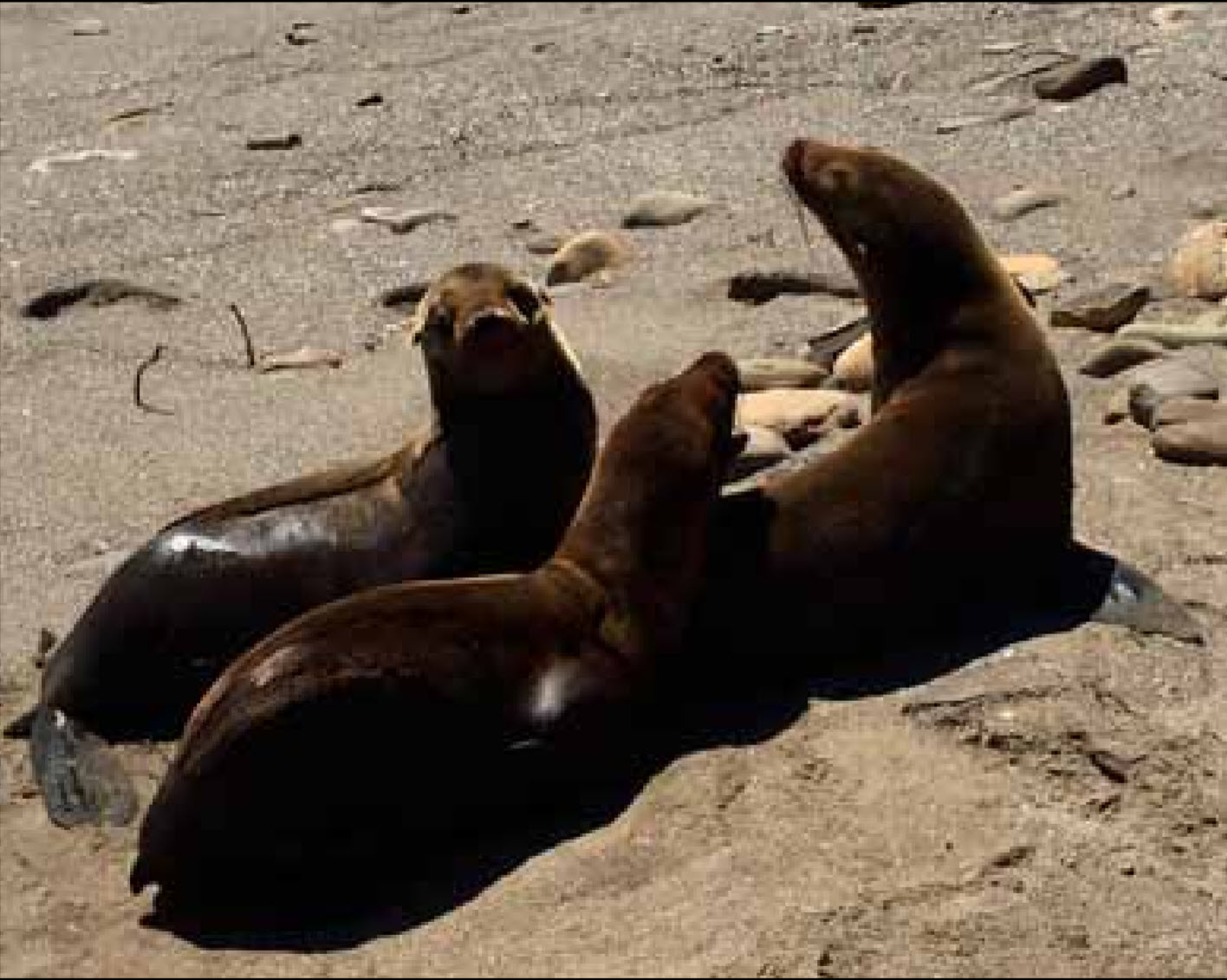By Catherine Mullin
In the middle of the night in the 1950’s a salvage barge leaves the Port of Los Angeles heading for the deep waters off Santa Catalina Island. Loaded on deck are barrels filled with toxic ‘acid sludge’.
Many originated from the Montrose Chemical Corp. near Torrance. Starting in 1947 it was one of the biggest manufacturers of DDT used to combat malaria and typhus during WWII. Environmental protections were scant then, and the practice of dumping toxic waste in the deep ocean was an ‘accepted’ practice. The destination was the deep water about 10 nautical miles NW of Santa Catalina, but many barges took short cuts and dumped their load much closer inshore, often close to Palos Verdes. Photographs show crewmen wielding hatchets to puncture barrels so that they would sink more quickly.
The US finally banned DDT in 1972 when its danger became evident, although the Montrose plant continued to manufacture the substance up to 1982 for countries without a ban. DDT is extraordinarily persistent, does not break down easily and tends to accumulate in fatty tissue of animals. This stability results in biomagnification as it moves up the food chain from krill, to fish, to marine mammals and humans.
By the late 60’s and early 70’s scientists began to measure remarkably high levels of DDT in mackerel caught off Southern California. Finally, in 1996 the area off Palos Verdes was declared a Superfund Toxic Cleanup Site.
While the story of toxic waste dumping made headlines it then largely disappeared as other more visible environmental issues took precedence. However, in 2011 and 2013, a UCSB science project using a marine robot to study deep sea vents happened to capture photographs of barrels littering the ocean floor. Samples collected during these missions found extremely high concentrations of DDT. Shipping logs uncovered in the 1970’s indicated that every month thousands of barrels were taken out to sea for decades. It is estimated that over half million barrels were dumped. Extrapolating the potential amount of toxins still seeping from these largely forgotten barrels is huge.
Our California coast is an ecological marvel. California Sea Lions breed out on the Channel Islands where pups are born every June. The mothers leave to feed in the Channel Island waters returning to nurse their pup for up to a year.
Marine Mammal Rescue and Rehabilitation organizations span the entire coast of California with the largest facility (The Marine Mammal Center (TMMC) in Sausalito near the Golden Gate Bridge.
For the last 25 years veterinarians and scientists have been observing a gynecological cancer in 17-22% of all stranded adult female and male sea lions. This is surprising, as wild animals tend not to develop cancer to that extent. Yet the prevalence of cancer in wild California Sea Lions is one of the highest amongst mammals.
Sea lions, like many mammals, can be infected with a species-specific herpes virus: Otarine herpesvirus-1 (OtHV-1). Over the last 20 years samples collected at the TMMC have been analyzed and found that the odds of cancer are much higher in sea lions infected with OtHV-1, and this is exacerbated with increasing concentrations of toxins in their blubber.
The conclusion is that toxins such as DDT increase the chance of herpesvirus infected sea lions getting cancer. The level of DDT concentrations found in our sea lions is much higher than that found in pinniped populations in places such as New Zealand.
Marine mammals are sentinels of the sea. They are on the top of the food chain, like humans. Their lives are spent in the ocean so any pollution humans generate will affect them directly. We know this intuitively; we now know this as fact.
DDT does not just affect animals; it is easily assimilated into human tissue so these studies and discoveries should impel us to continue to protect our oceans to keep it pristine.
~ Catherine Mullin is Conservation Chair of the SB Group, a veterinarian and active in marine issues.
Editor’s note: Channel Islands Marine and Wildlife Institute responds to animals found on beaches from Ventura all the way to Point Conception. If you see a stranded marine mammal please call the rescue hotline: 805-567-1505.
